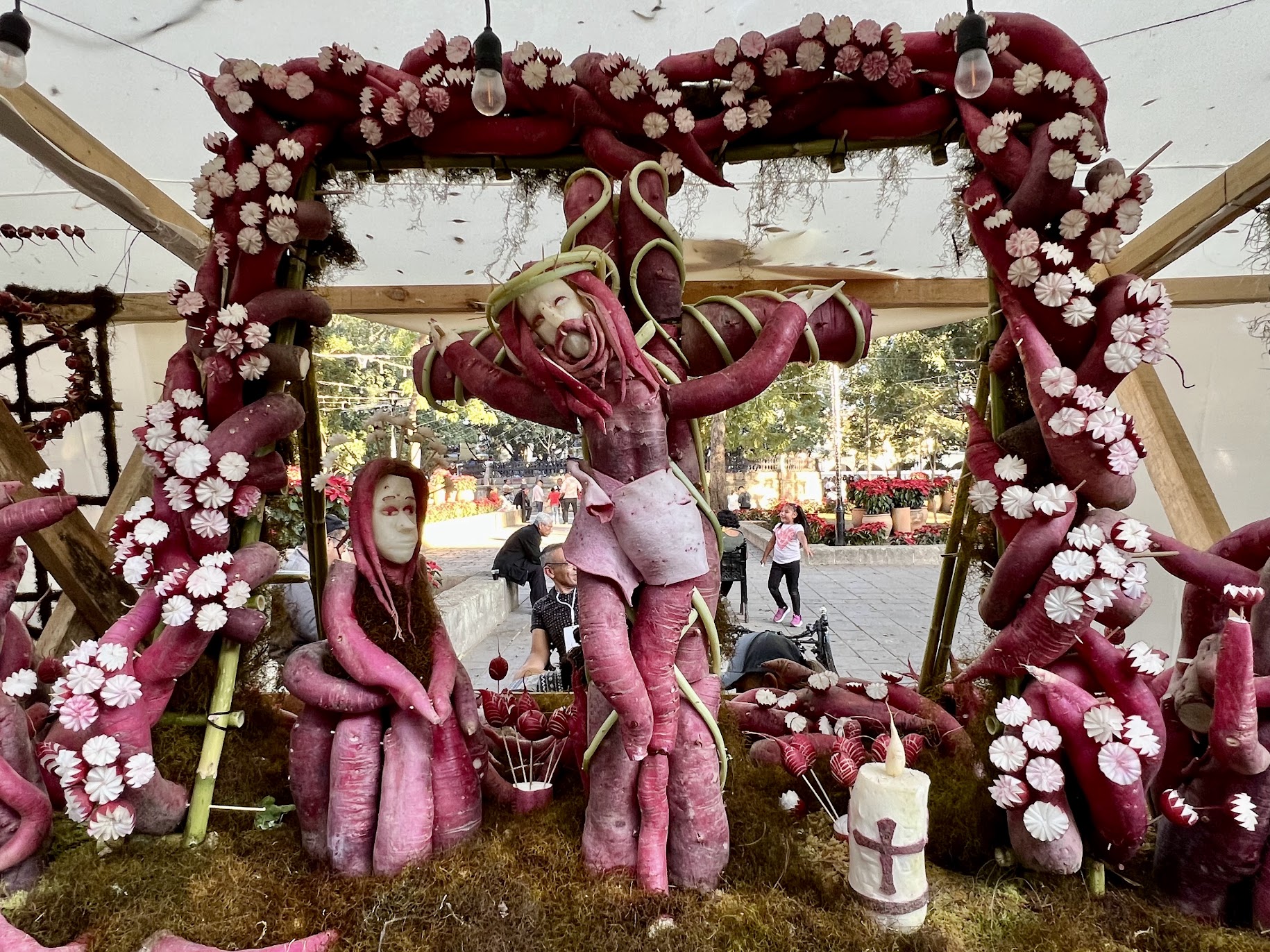
Oaxaca’s Night of the Radishes or Noche de Rábanos is held each year on December 23rd. It’s one of the state’s most prized cultural and craft events. Contestants from all over Oaxaca gather to showcase their white, pink, and red-toned radish carvings in Oaxaca City’s Zócalo (main square). Displays typically depict religious themes (given the Christmas holidays), animals, mythical creatures, ancient gods, and Oaxacan culture.
Here’s all you need to know about the festival’s origins, the competition, and what to expect on the day of!
The History of Oaxaca’s Night of the Radishes
Radishes were brought to Mexico by the Spanish during colonial times. At Christmas markets in Oaxaca, a region with an indigenous wood-carving tradition, shopkeepers began carving radishes into figures to attract people to their stalls. The practice was so effective that the mayor started an annual radish carving competition in 1897. While the tradition has evolved since then, the Night of the Radishes continues to be one of Oaxaca’s proudest cultural and craft events 127 years later. The festival attracts over 100 contestants from all over the state of Oaxaca and thousands of visitors from the rest of the country and abroad.
The Lead-up to the Festival
Oaxaca’s Night of the Radishes is such a big occasion and source of pride for locals that many contestants start planning their designs a year early! Then, three months before the event, the Oaxacan government starts growing about 20 tons of radishes for the festival (they’re not good for eating!), which are free to contestants to make the competition more equitable and accessible. The radishes are planted at different intervals so there’s a variety of sizes for artisans to work with. The biggest ones grow to 20 inches (50 cm) long and weigh 7 pounds (3 kilos)! Finally, four to five days before the event, contestants go to assigned plots to harvest the radishes. They only have a few days to finalize their plans based on their harvest.
How the Competition Works
Contestants must be from the state of Oaxaca to compete in the Night of the Radishes. The competition has various categories based on age, theme, and materials. Adult radish carving is the main event, with a “traditional” category for religious or Oaxacan cultural themes and a “free” category where anything goes. Kids as young as six years old compete in separate categories. Over the years, the festival has expanded beyond radish carving to include categories for dried corn husks (totomoxtle) and colorful immortal flowers (flor inmortal). Participants can’t use anything synthetic to hold their pieces or displays together!
December 23rd, the Big Day!
Early in the morning on December 23rd, the contestants move into their stands in the center of the Zócalo. They have until late afternoon to carve and assemble their displays. Joined by family and friends, the artisans spray the carved radishes with water religiously to prevent them from browning or wilting.

The official viewing period usually starts between 3-4 PM (check the times each year) and lasts several hours. Visitors form into lines in front of the cathedral to view the finished displays. The committee of judges, composed of government officials and previous winners, looks at each display, asks the artisans questions, and congratulates them on their work. Later in the evening, they announce the winners for each category based on skill, creativity, and presentation. The biggest prize is 30,000 Mexican pesos or $1,500.
Thoughts and Tips for Visitors
I loved watching the artisans at work in the morning when there were fewer people around. But my favorite part of Oaxaca’s Night of the Radishes was seeing the contestants stand by their final works of art absolutely beaming with pride. Hearing them talk about their creations and seeing the enormous smiles on their faces when people would congratulate or compliment their work was a beautiful experience.

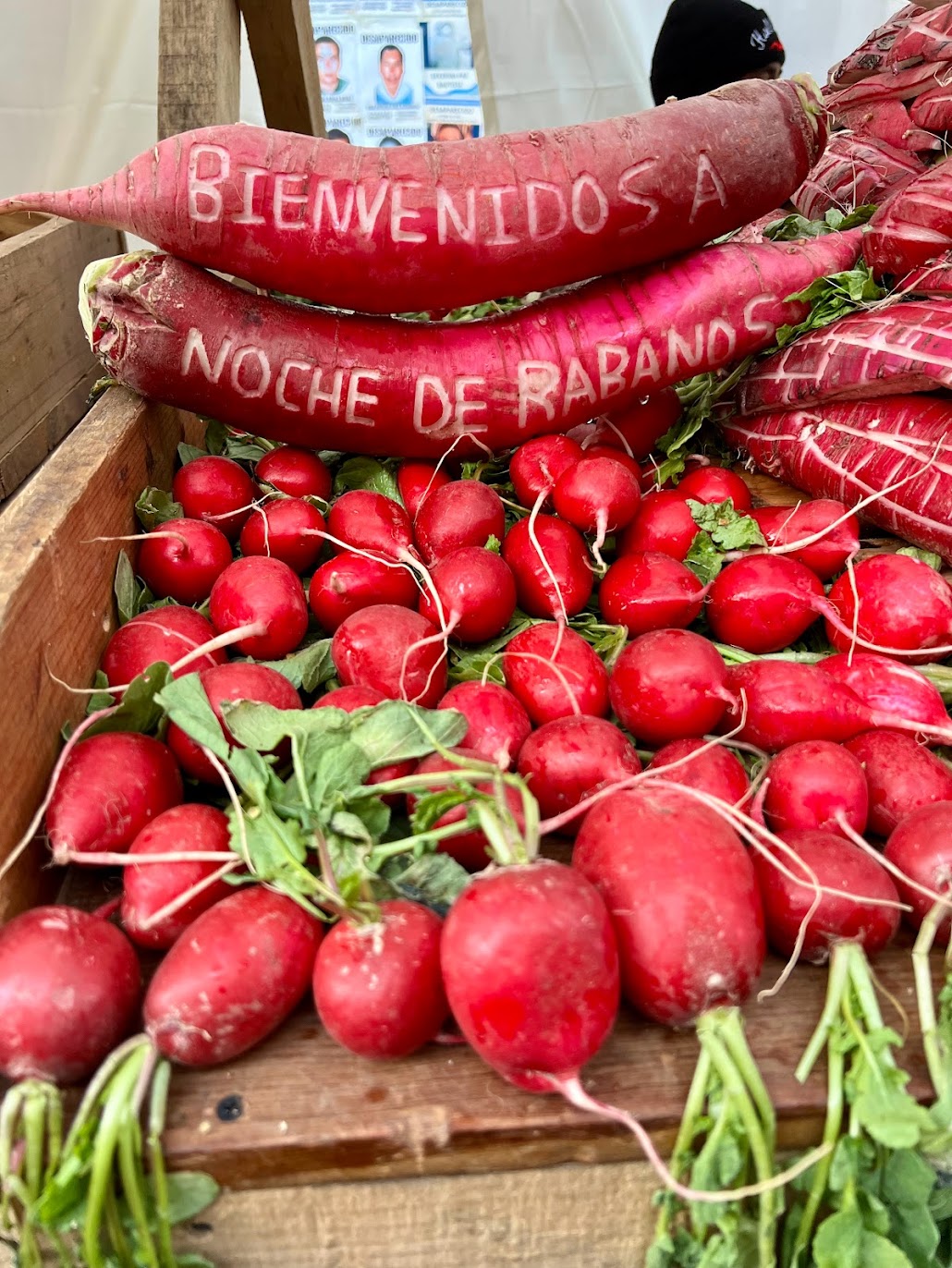

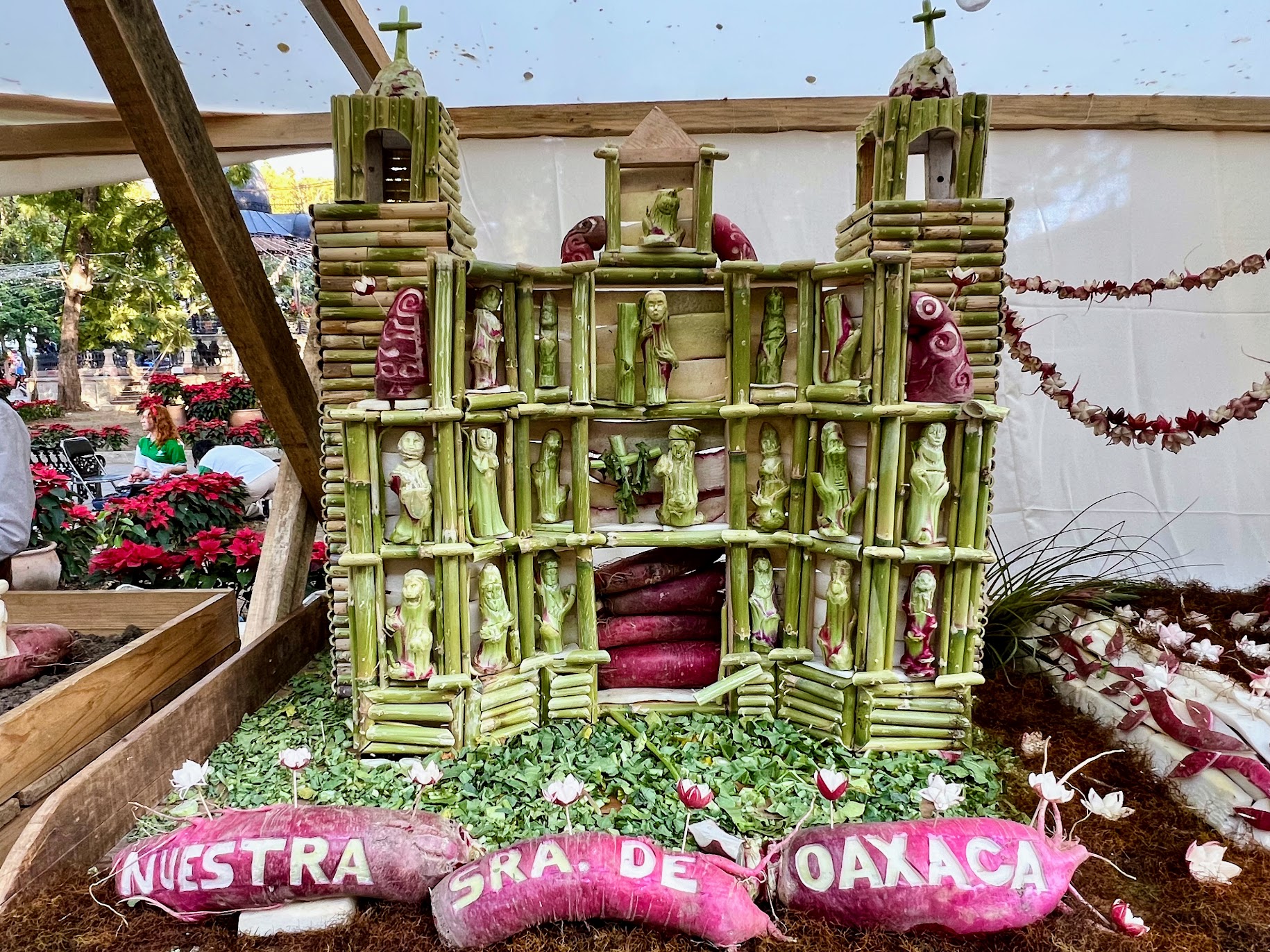
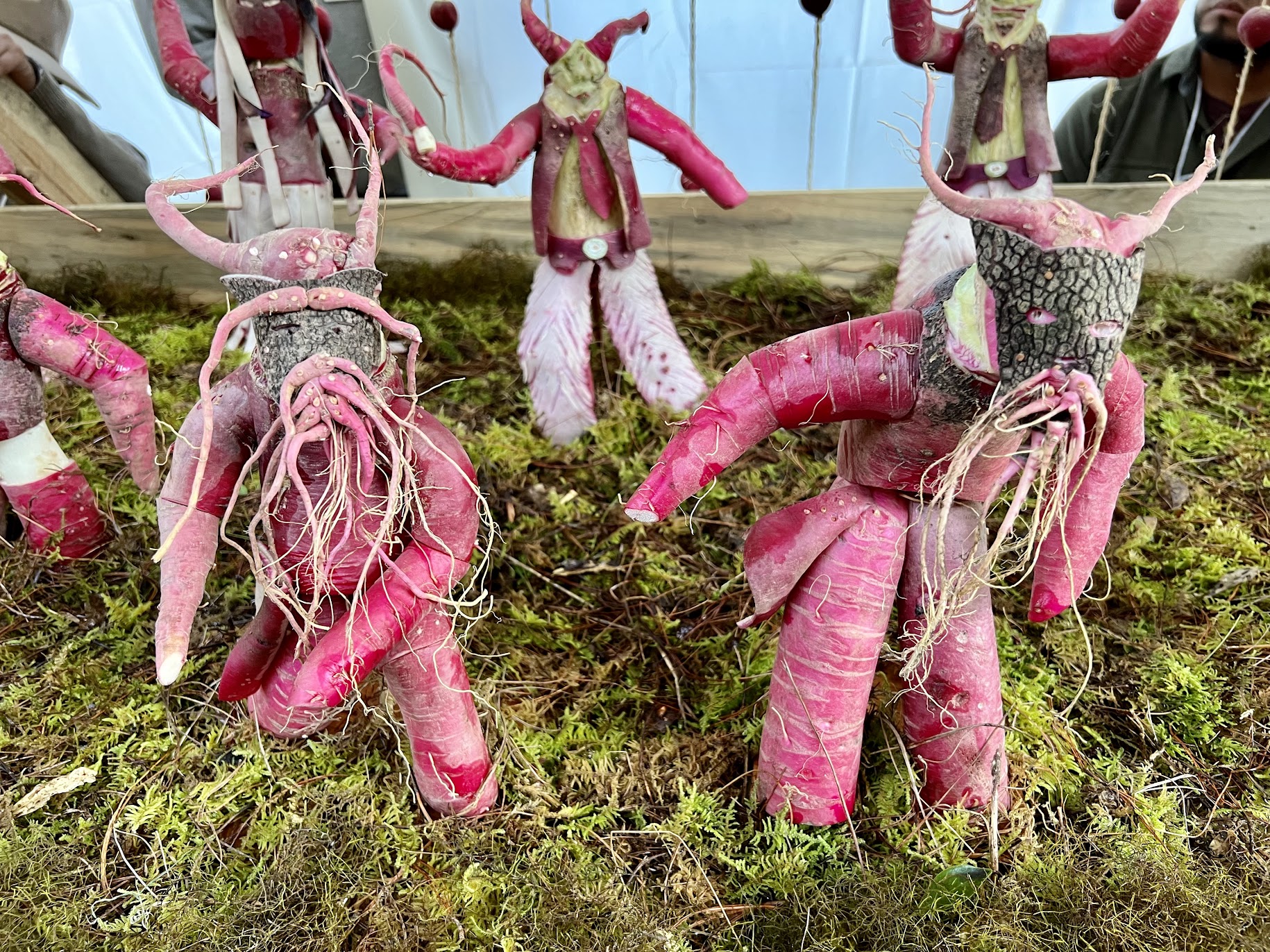
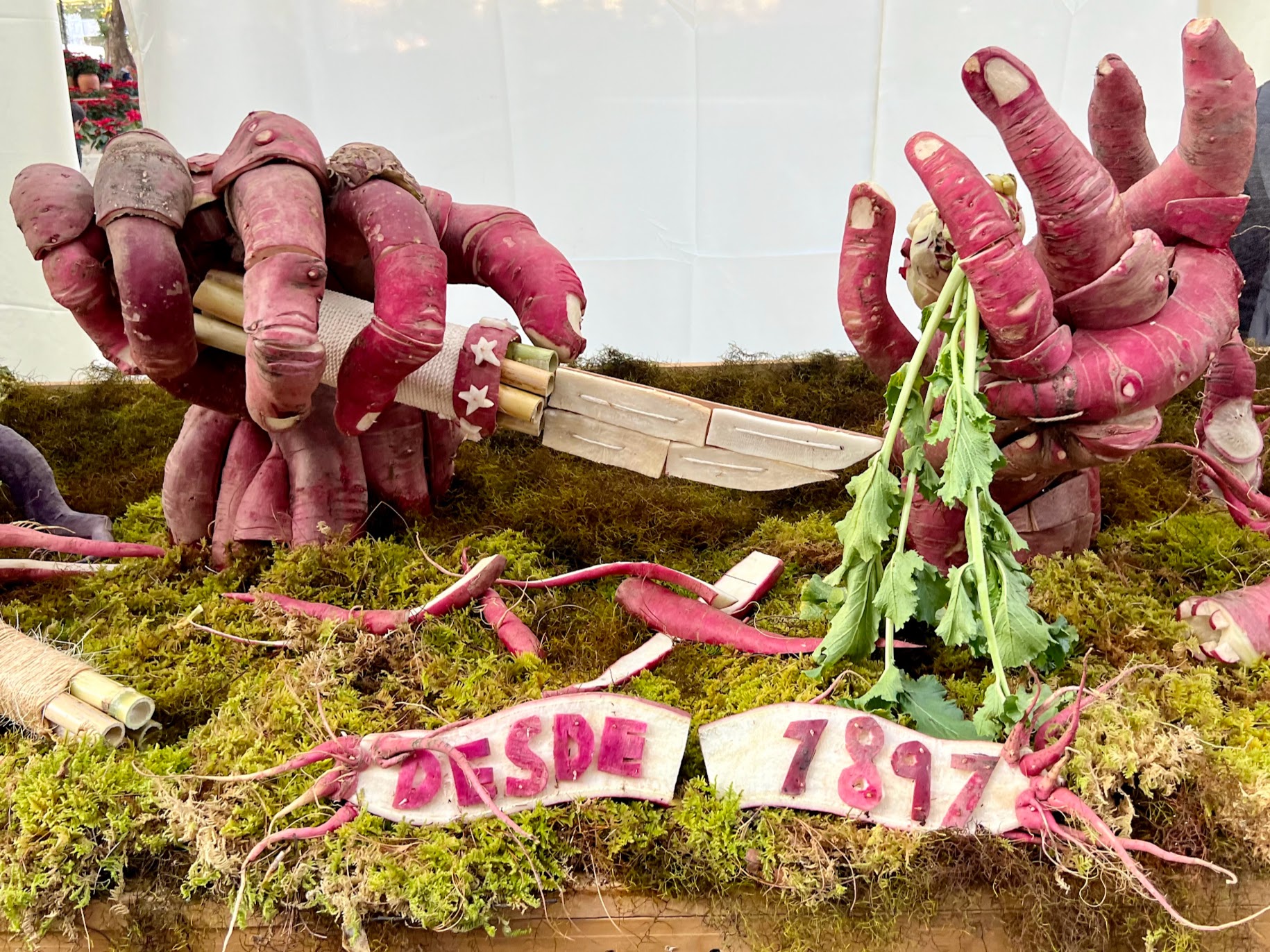
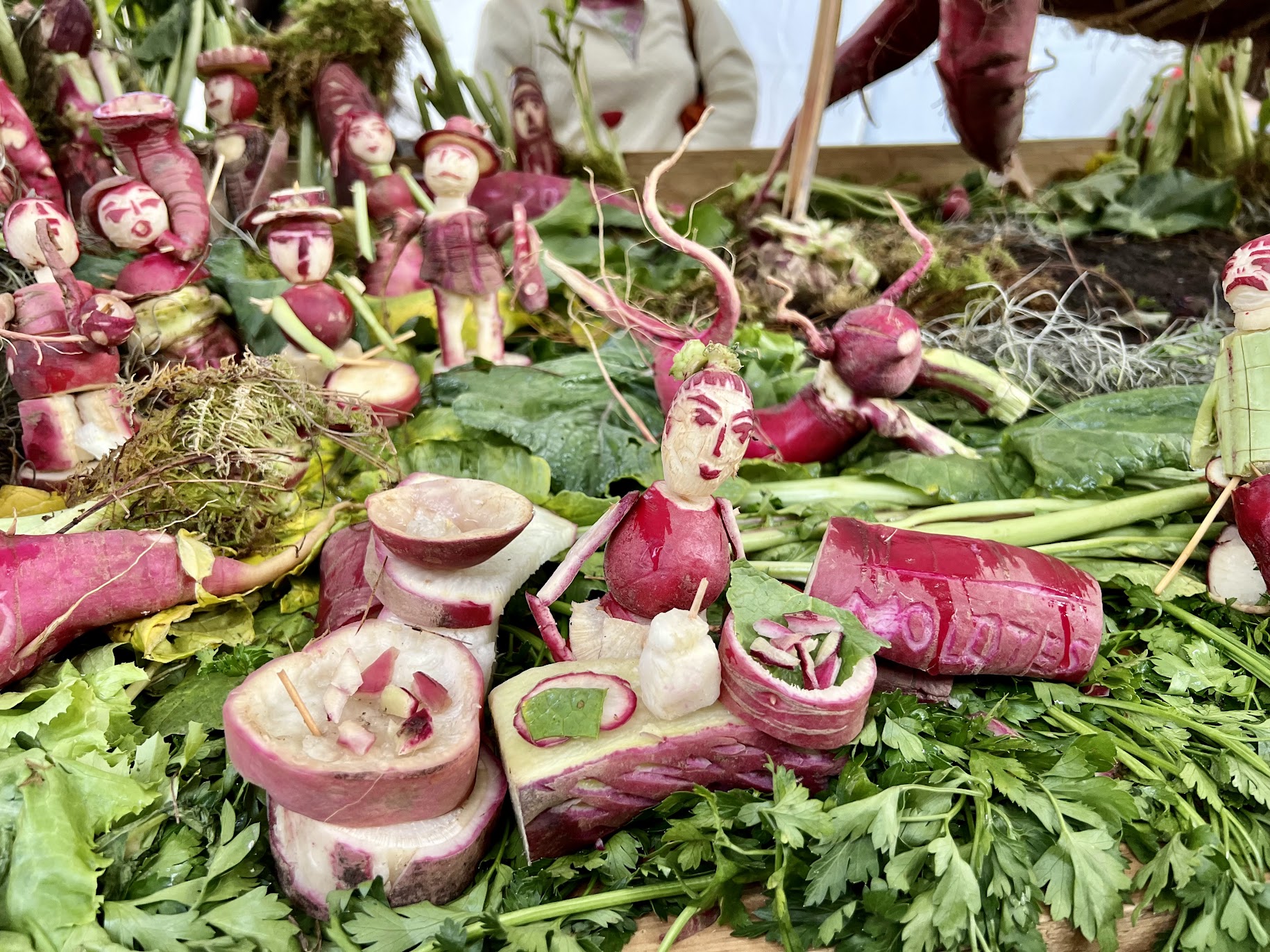
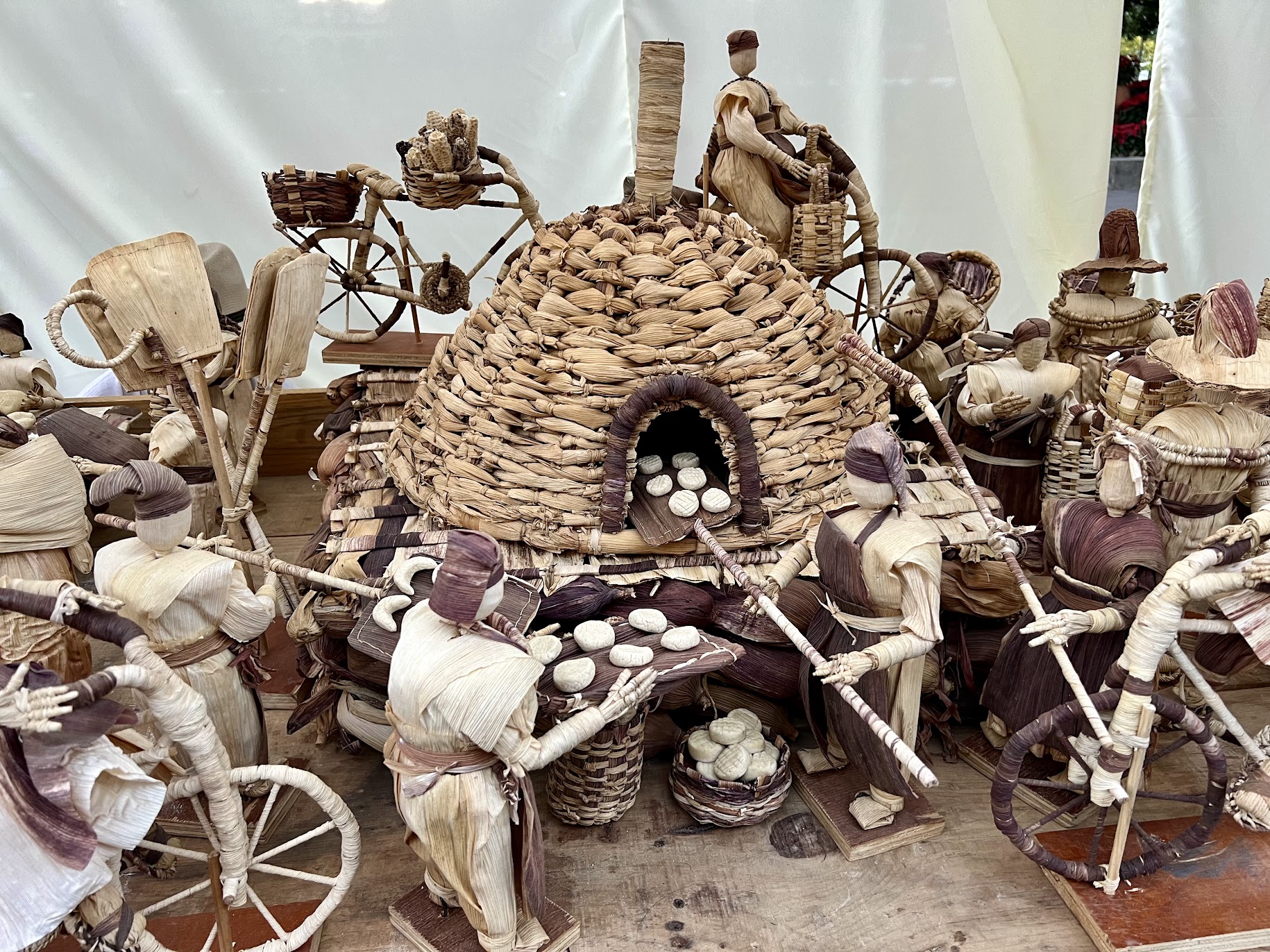
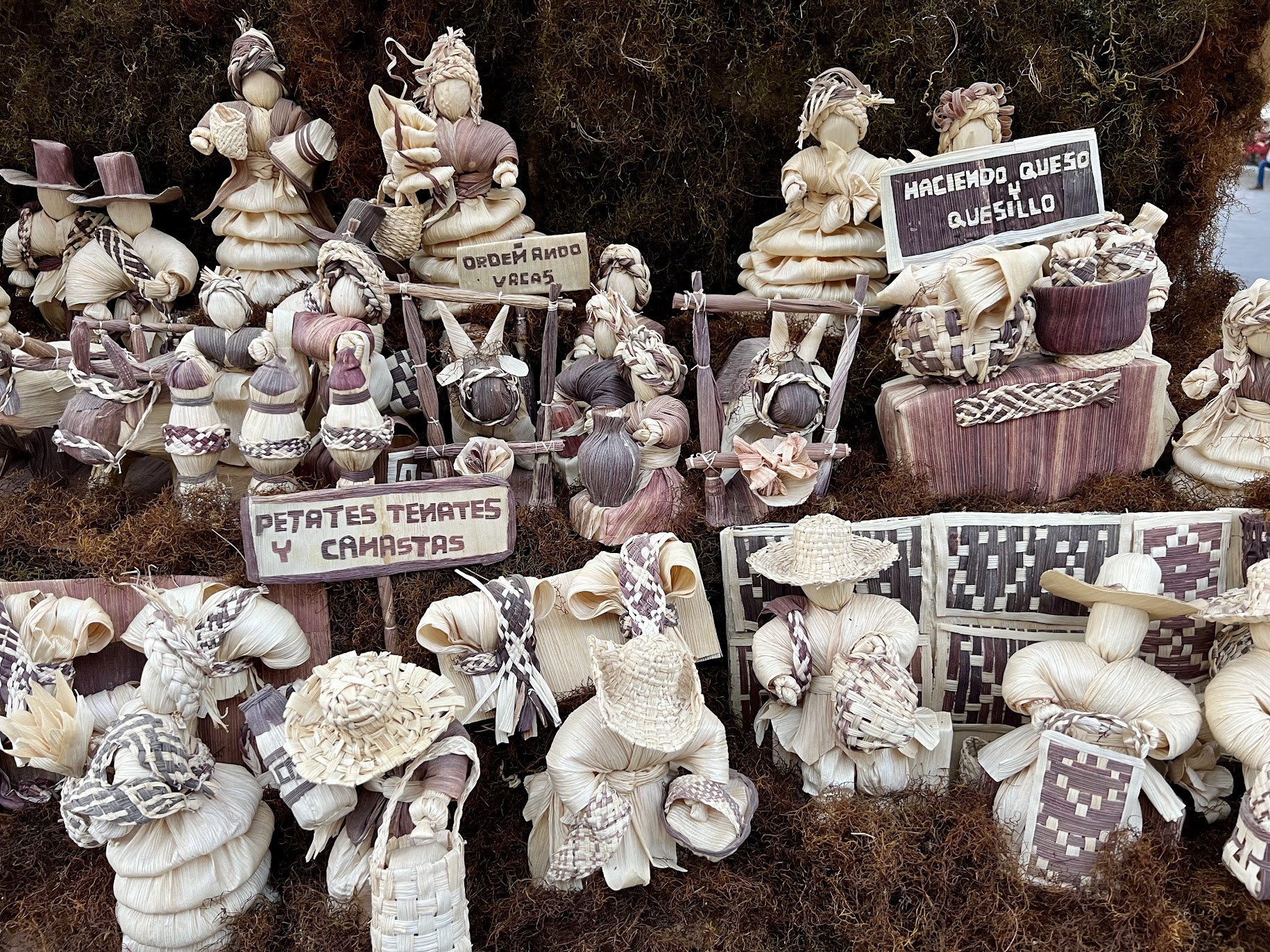
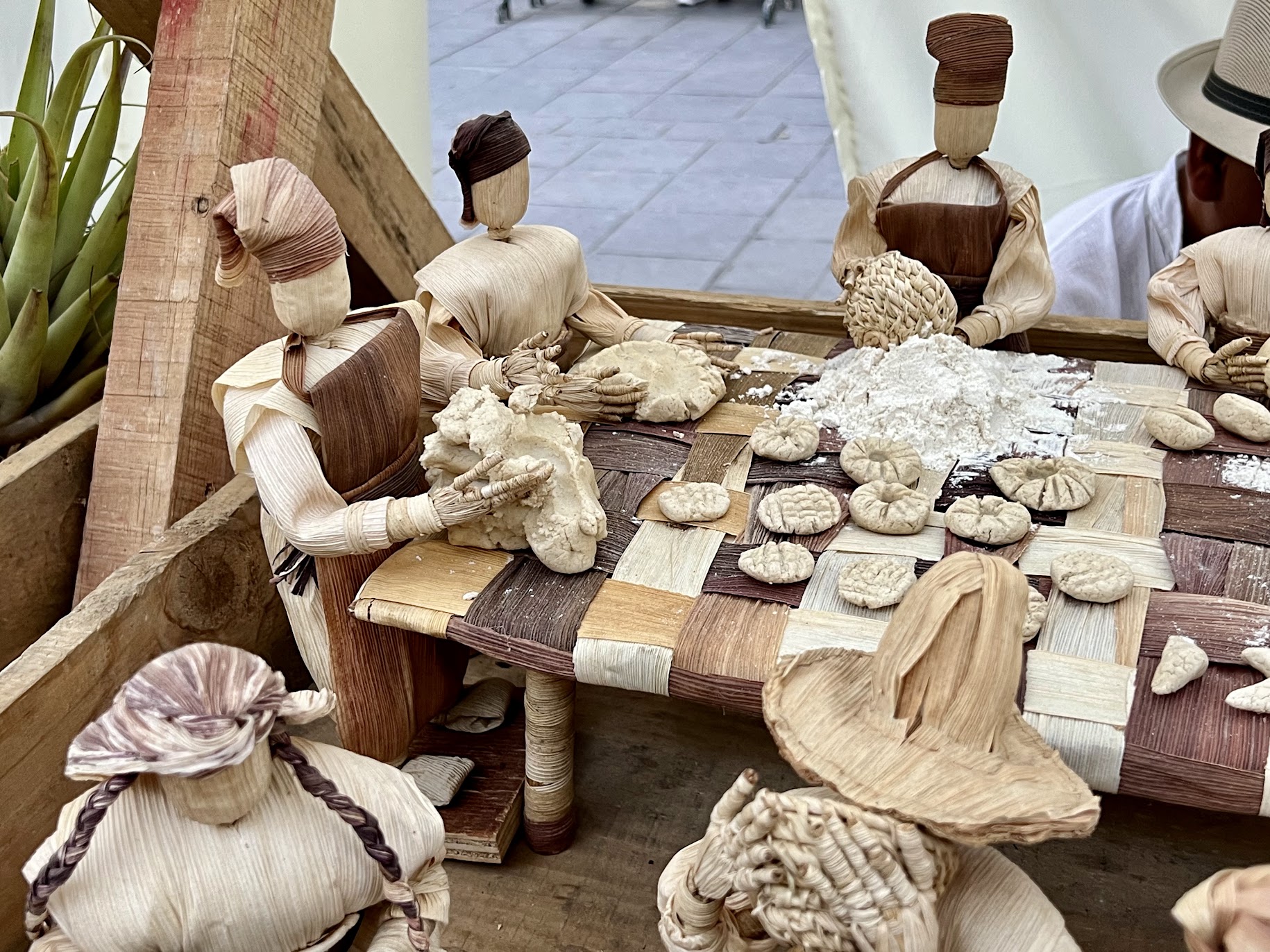
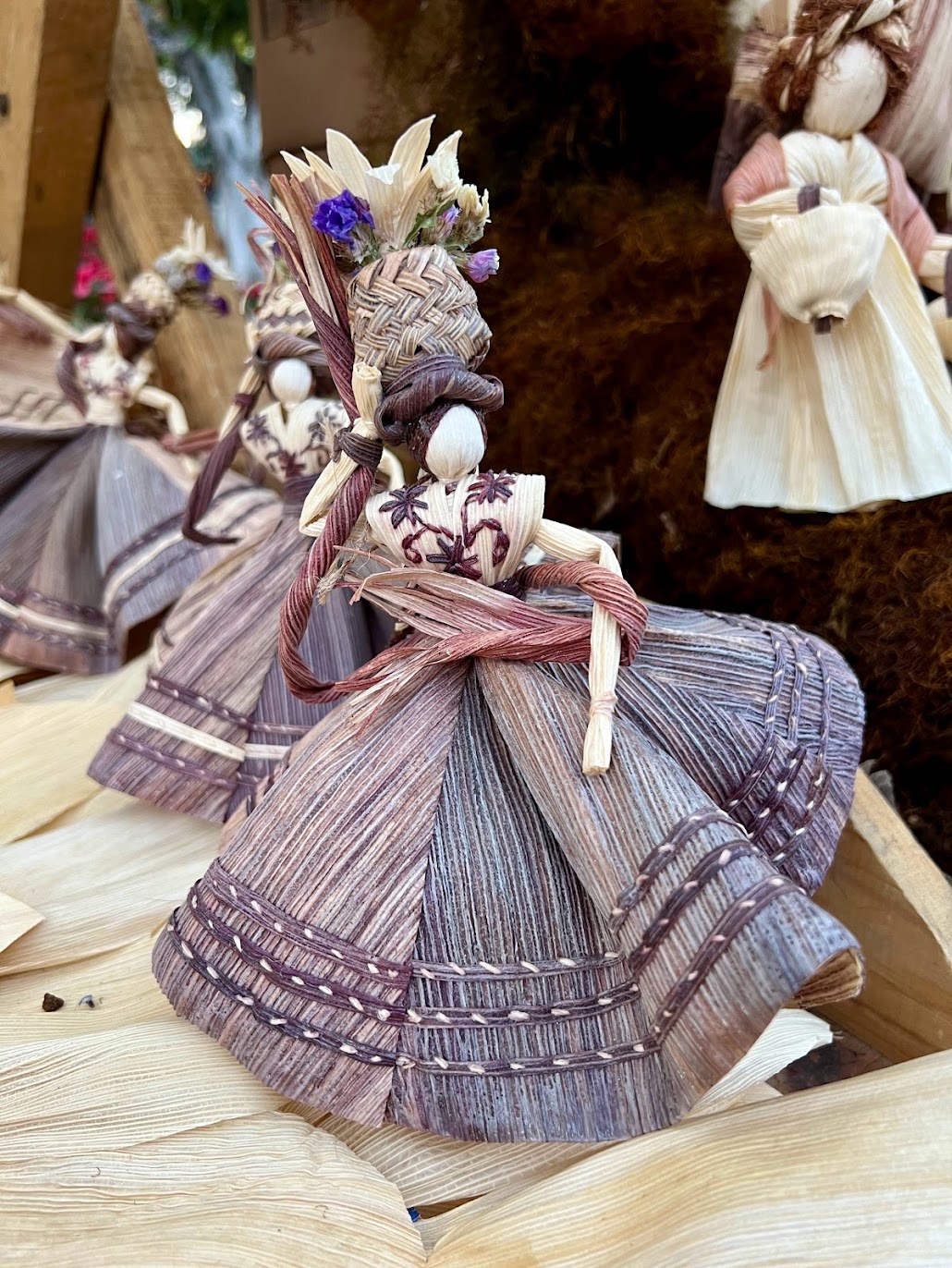
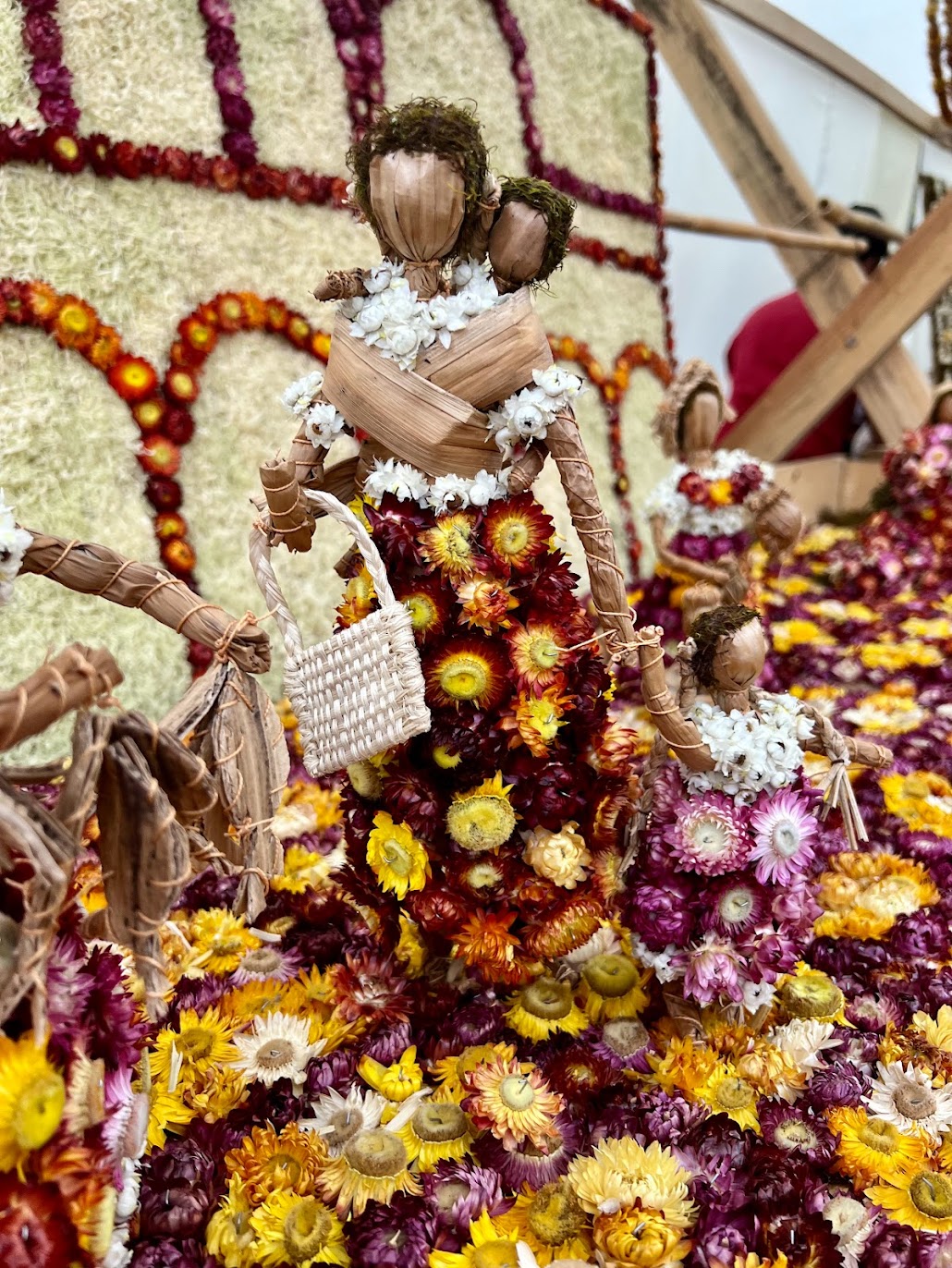
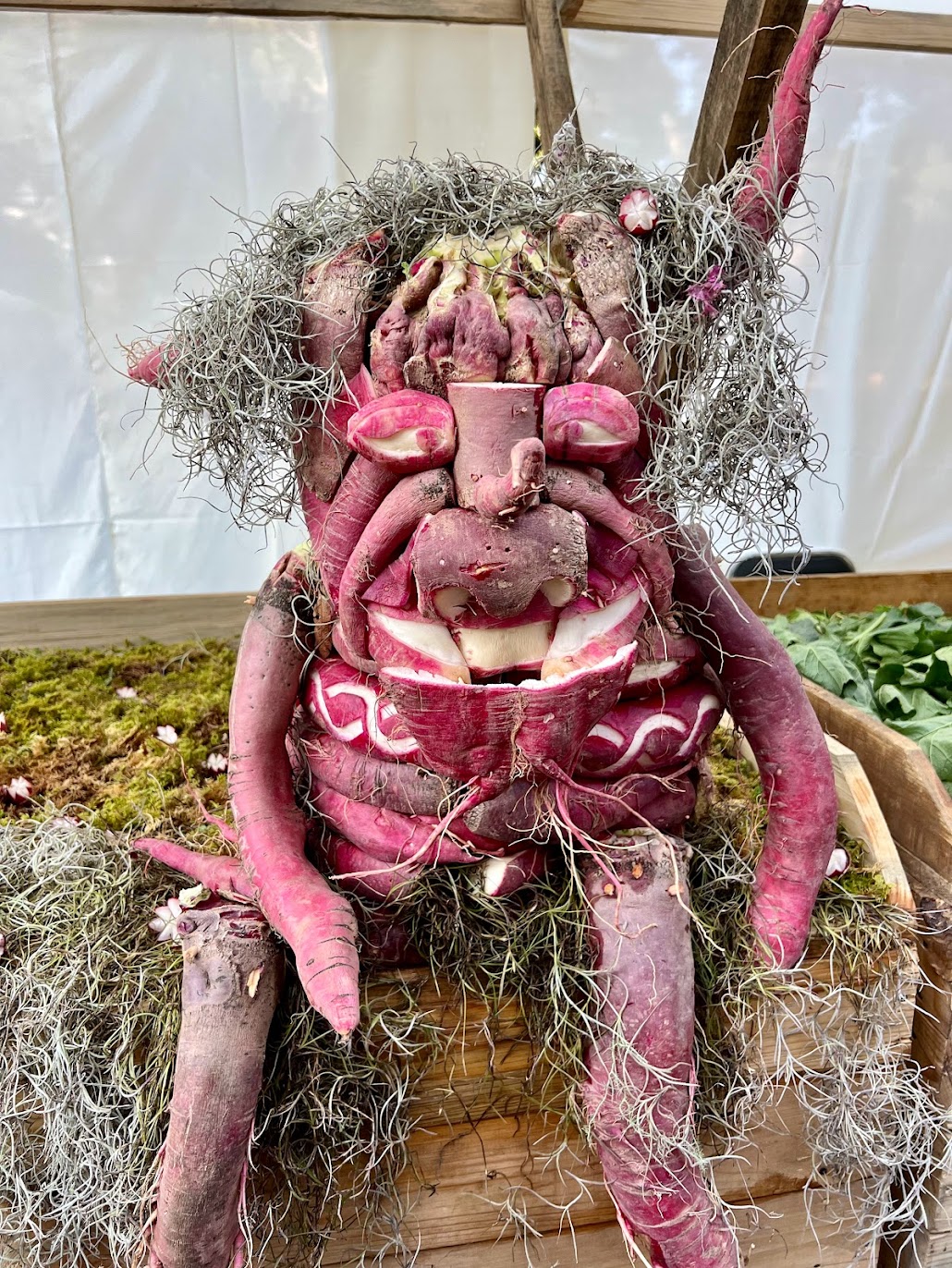
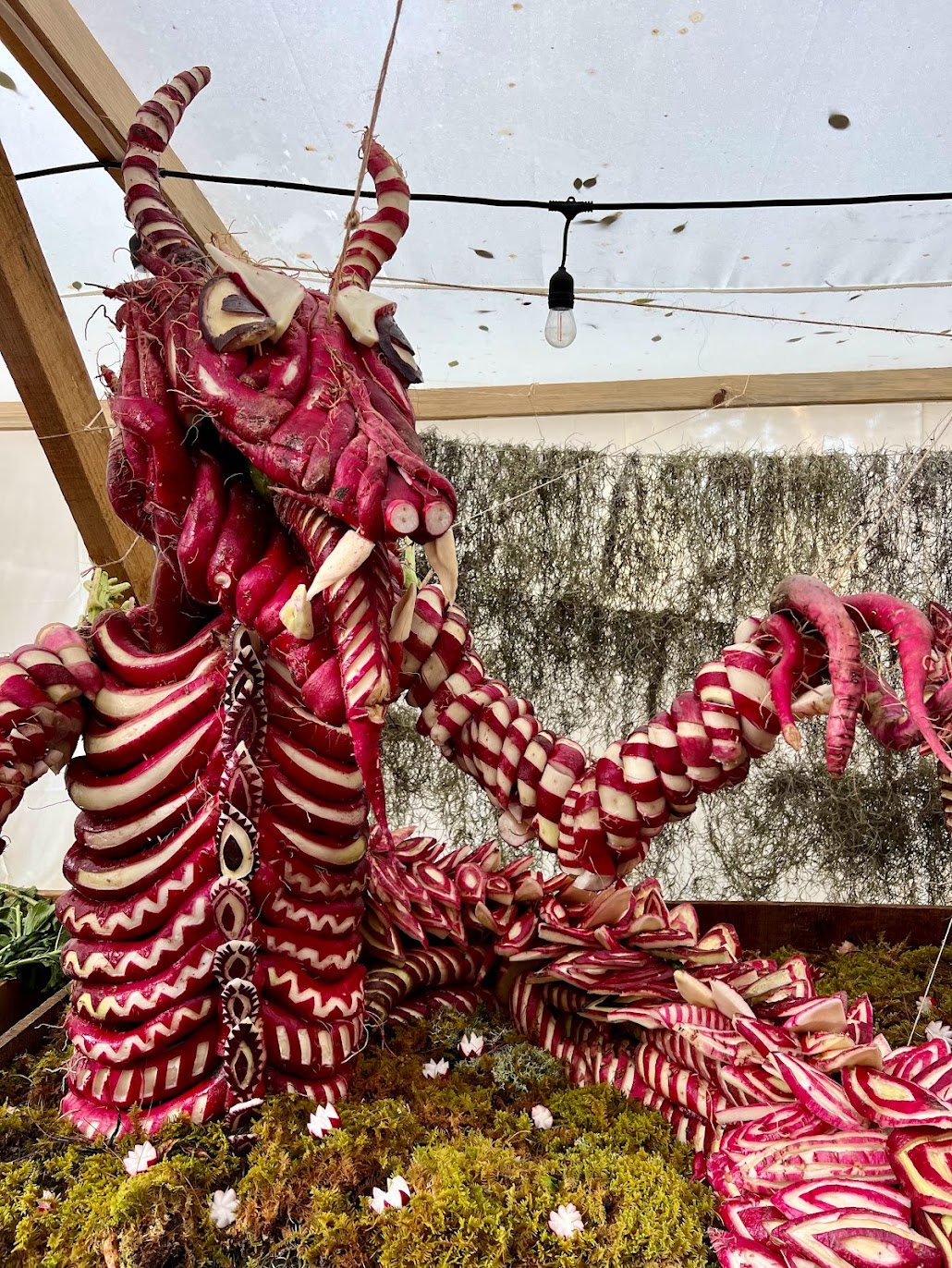



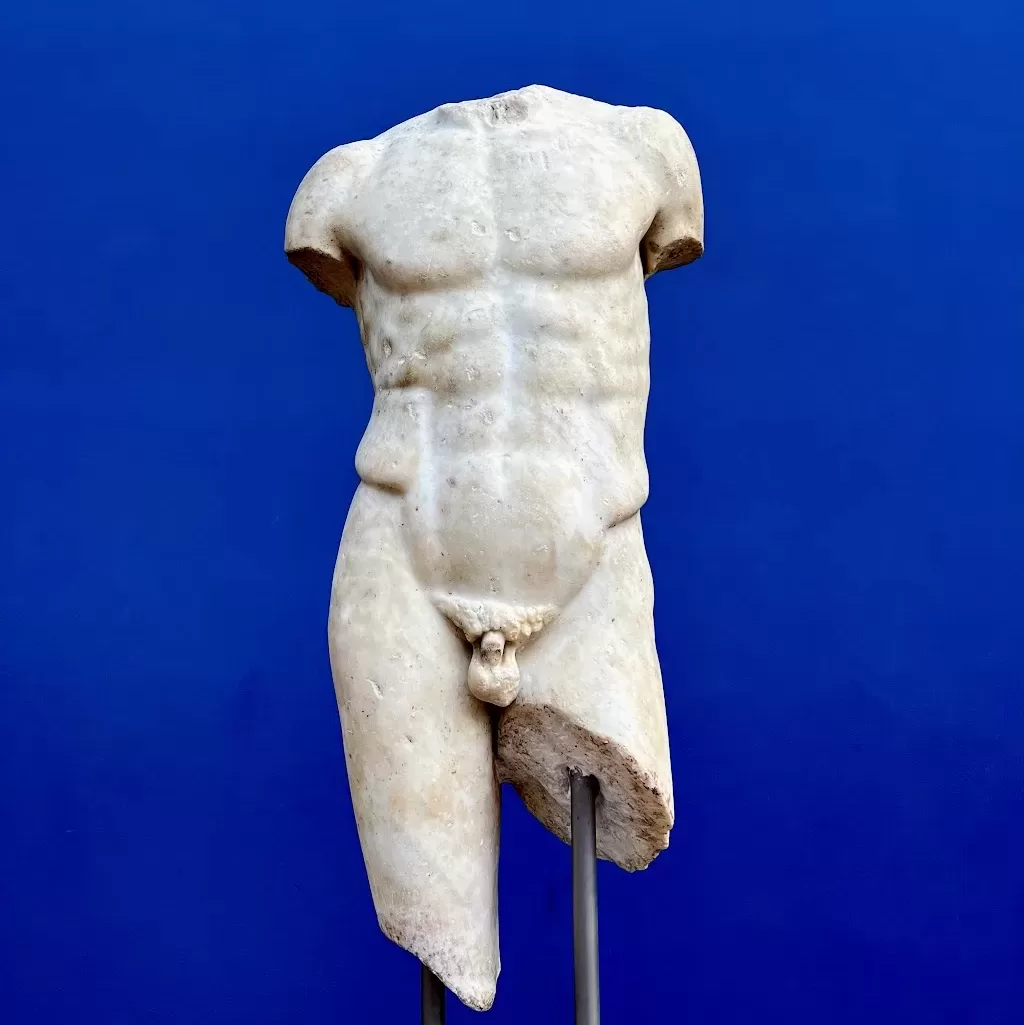

Love!!!! Can’t wait to visit as it looks so exciting!!!!